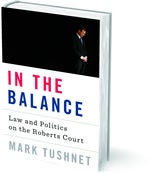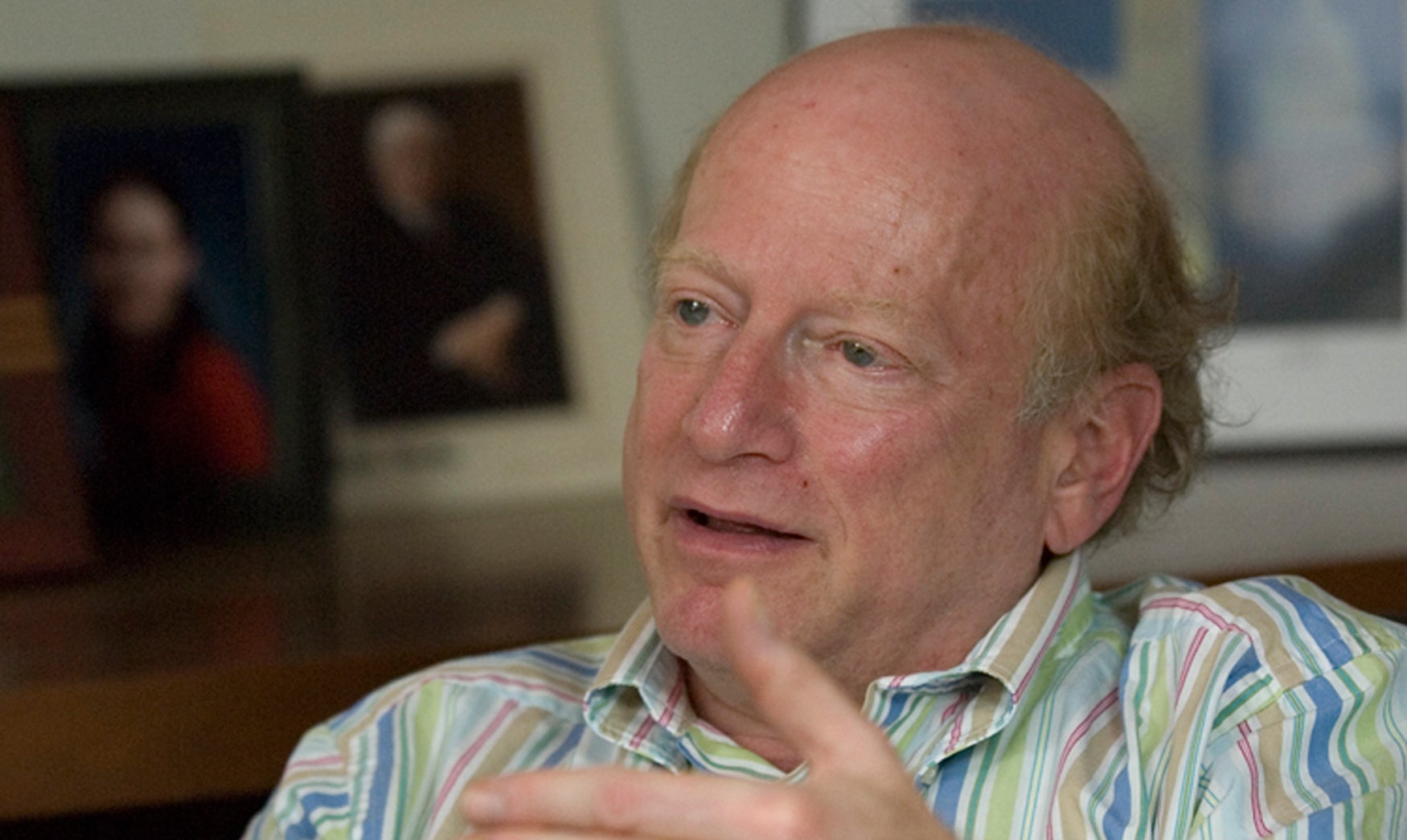Supreme Court justices serve for life, but they are appointed and confirmed by elected officials at a fixed point in time.

Yet, however much presidents want to influence the future through their judicial appointments, the problem, Professor Mark Tushnet writes in his new book, “In the Balance: Law and Politics on the Roberts Court” (Norton, 2013), “is that things change.”
These changes arise from many sources. By the time a case reaches the Supreme Court, Tushnet shows, it has been shaped not only by legal pleadings and procedural skirmishes, but by popular attitudes; by conflicts in Congress, in the executive branch, and among interest groups; by serendipity—and by history. What drives the justices, he says, is less the political interests of their appointing presidents and their parties, and more their larger visions “about what is good for American society over a relatively long period of time.”

“We can’t understand the Roberts Court or any period in the Supreme Court without thinking about the general political setting in which the Court is operating,” Tushnet said in an interview with the Bulletin. However, he explained, “That turns out to be a more complicated story than one might think because the justices are not simply mirroring the political positions of the political parties whose presidents appointed them.”
“Party politics,” he said, “is not absent, but it is in the background.”
Tushnet is a keen Court observer who clerked for Justice Thurgood Marshall and is the author of “A Court Divided: The Rehnquist Court and the Future of Constitutional Law” (Norton, 2005). “In the Balance” explores a wide array of issues, from disparate party strategies for selecting Supreme Court nominees, to the politics and personalities that inform the character of the Roberts Court, to the Court’s approach to deciding business disputes. Tushnet combines drama and telling detail with context and critique.
For example, his chapter on the making of the 2008 gun rights case District of Columbia v. Heller includes the following substories: the NRA’s transformation from a sports-hunting membership organization to a gun rights-lobbying powerhouse; the influence of the 1989 Yale Law Journal essay that laid the scholarly groundwork for the gun rights perspective; the search by libertarian public interest lawyers for financial backers and sympathetic plaintiffs; the NRA’s attempts to muscle control over the lawsuit; and tactics to bring the lawsuit under the direction of the elite, specialized Supreme Court Bar.
At the same time, Tushnet zooms out, showing how societal attitudes toward gun regulation changed over time, from the aftermath of the Robert Kennedy and Martin Luther King Jr. assassinations, when Congress passed federal gun legislation, to today.
He recounts how conservative thinkers and politicians promoted “originalist” approaches to constitutional interpretation in an attempt to combat what they saw as judicial activism. But if originalism, with its initial focus on what the founders intended, was meant to yield a reliable, unambiguous jurisprudence, it didn’t work in Heller, Tushnet writes. Justice Antonin Scalia ’60, for the Court’s majority, and Justice John Paul Stevens, who dissented, both applied originalist analysis and came to opposing conclusions.
The very fact of defensible disagreement about the original understanding, according to Tushnet, “undermined the conservative claim that only originalism stood between us and willful judges using constitutional methods as the cloak for their policy preferences.” He concludes, “The gun-rights movement’s effectiveness in legislatures suggests that political movements may be more important on the ground than they are in the Supreme Court—and that the academic shouting around the issue of originalism is a sideshow.”
Tushnet predicts Justice Elena Kagan ’86 will be the main intellectual rival of Chief Justice John G. Roberts Jr. ’79 on the Court. Roberts and Kagan, he said, “are very similar in personality, they’re very similar in their high degree of intelligence, and they have very different views about what the Constitution should mean.” The question, he said, is, Which one of them will succeed most often in attracting a majority of justices to their side?
